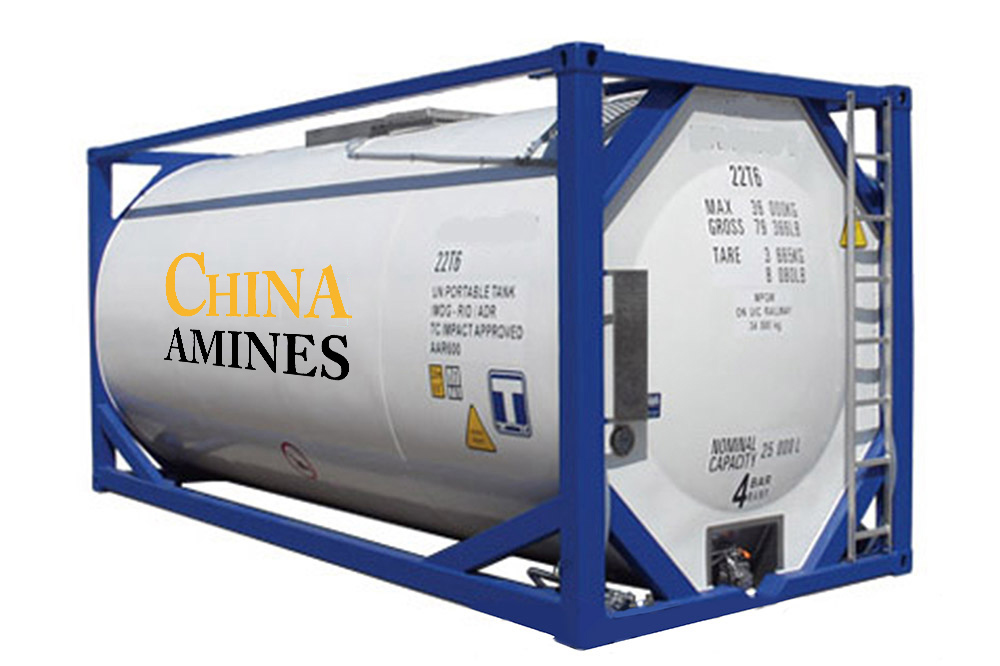1. Chemical Structure and Properties
Molecular Formula: C₂H₈ClN
Structural Formula: (CH₃)₂NH·HCl
A secondary amine hydrochloride formed by the reaction of dimethylamine (DMA) with hydrochloric acid.
Physical Properties:
Appearance: White to off-white crystalline powder or hygroscopic solid.
Melting Point: ~170–175°C (decomposes).
Solubility: Highly soluble in water (>500 g/L at 20°C), ethanol, and methanol; insoluble in non-polar solvents.
Odor: Odorless (unlike volatile DMA gas).
Chemical Properties:
Stability: Stable under dry conditions; hygroscopic in humid environments.
Reactivity: Acts as a weak acid (pKa ≈ 10.7) in aqueous solutions; releases dimethylamine gas upon heating or reaction with strong bases.
2. Industrial Applications
Pharmaceuticals: Key raw material in synthesizing antihistamines (e.g., diphenhydramine) and antidepressants (e.g., fluoxetine). Also used for salt formation to enhance API solubility and stability.
Agrochemicals: Precursor for glyphosate and other herbicide formulations (e.g., Monsanto’s Roundup®).
Organic Synthesis: Used as a catalyst or reagent in alkylation, acylation, and Mannich reactions. Acts as a stabilizer in epoxy resin and polyurethane production.
Laboratory Use: Employed as a buffering agent and pH adjuster in biochemical assays.
3. Safety and Toxicology
Health Hazards: May cause liver or kidney toxicity with long-term exposure (based on limited animal data). Not classified as carcinogenic (IARC: Not classified).
Skin/Eye Contact: Causes irritation, redness, and burns (rabbit skin LD50: 500 mg/kg).
Inhalation: Irritates respiratory tract if dust or vapors are inhaled (especially when decomposed).
Ingestion: Moderately toxic (oral LD50 rat: 1,200 mg/kg); causes gastrointestinal distress.
Handling Precautions: Use nitrile gloves, goggles, and dust-filtering respirators. Store in sealed containers in a cool, dry place away from bases and moisture.
First Aid: Rinse affected skin or eyes with water immediately. Seek medical help for significant exposure.
4. Environmental and Regulatory Compliance
Environmental Impact: LC50 (fish, 96h): 100–200 mg/L; EC50 (daphnia): 50–100 mg/L.
Readily biodegradable (OECD 301D: >70% in 28 days). Low persistence due to hydrolysis in water.
Regulatory Frameworks:
China: GB 13690-2009 - Classified as general chemical.
USA: OSHA – No specific PEL, but general duty clause applies.
EPA: Listed under TSCA.
EU: CLP Regulation – Skin Irrit. 2 (H315), Eye Irrit. 2 (H319), Acute Tox. 4 (H302); REACH registered.
Transport: Not classified as hazardous; can be shipped as general chemical (non-DG).
5. Case Studies: Application Insights
Case 1: Pharmaceutical Intermediate for Antihistamines
Process: DMA HCl reacts with diphenylmethane derivatives to form diphenhydramine hydrochloride (Benadryl®).
Efficiency: One-pot synthesis yields up to 92% under mild conditions (Pfizer's optimized method).
Case 2: Glyphosate Herbicide Synthesis
Application: Used by Monsanto in glyphosate synthesis via phosphonomethylation.
Advantage: Solid form improves safety by eliminating flammable gaseous DMA exposure.
Comparative Analysis:
Pros: Solid form is safer, easier to store and transport.
Cons: Requires regeneration of DMA gas for certain chemical reactions.


